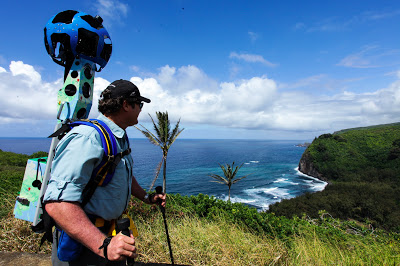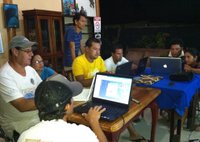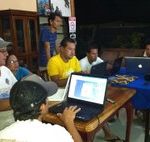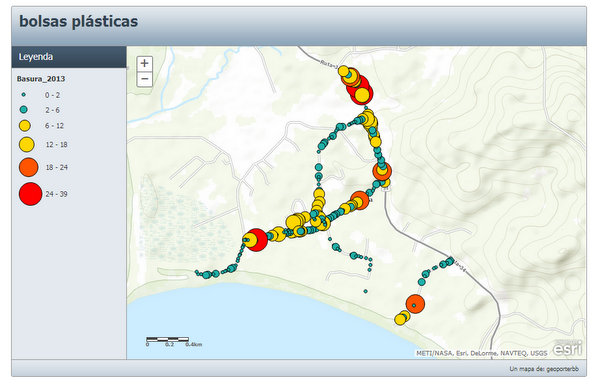
The Story Behind Google Street View Trekker Backpack
 Google launched Street View as an experimental project back in 2007. They packed several computers into the back of an SUV, stuck cameras, lasers, and a GPS device on top, and drove around collecting first images in few US cities. Around 2006 I was working with Tele Atlas (acquired by TomTom in 2007 for $2 bln) where we were collecting road data with Mobile Mapping Technology. Similar idea, yet different way of thinking… At that time we didn’t have a clue that it’s even possible to provide users all around the world with such a huge ammount of data online, so it was only used only internally (what a loss).
Google launched Street View as an experimental project back in 2007. They packed several computers into the back of an SUV, stuck cameras, lasers, and a GPS device on top, and drove around collecting first images in few US cities. Around 2006 I was working with Tele Atlas (acquired by TomTom in 2007 for $2 bln) where we were collecting road data with Mobile Mapping Technology. Similar idea, yet different way of thinking… At that time we didn’t have a clue that it’s even possible to provide users all around the world with such a huge ammount of data online, so it was only used only internally (what a loss).
But Google as it’s a Google developed the project and managed to covere half of the world with 360-degree view of surrounds of roads and streets. Last year guys at Mountain View decided to go even further and created a Street View Trakker backpack, which gives possiblity to film all amazing places not accessible with a car. What’s cool Google lets users borrow the device if you manage to convince them that your project is truely unique. Last week the Verge: published this cool video releaving the story behind Google Trekker and the Street View. Worth watching:
source: The Verge







